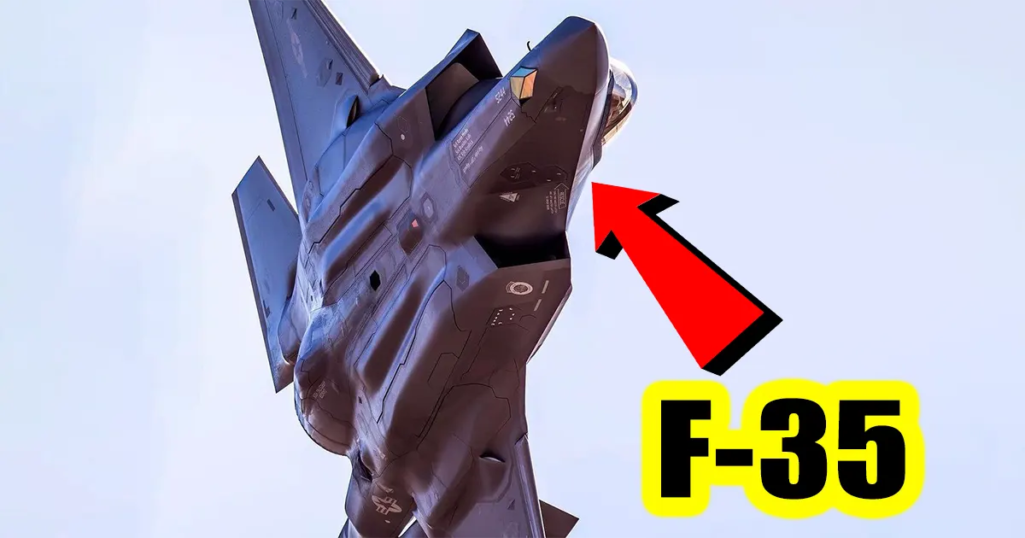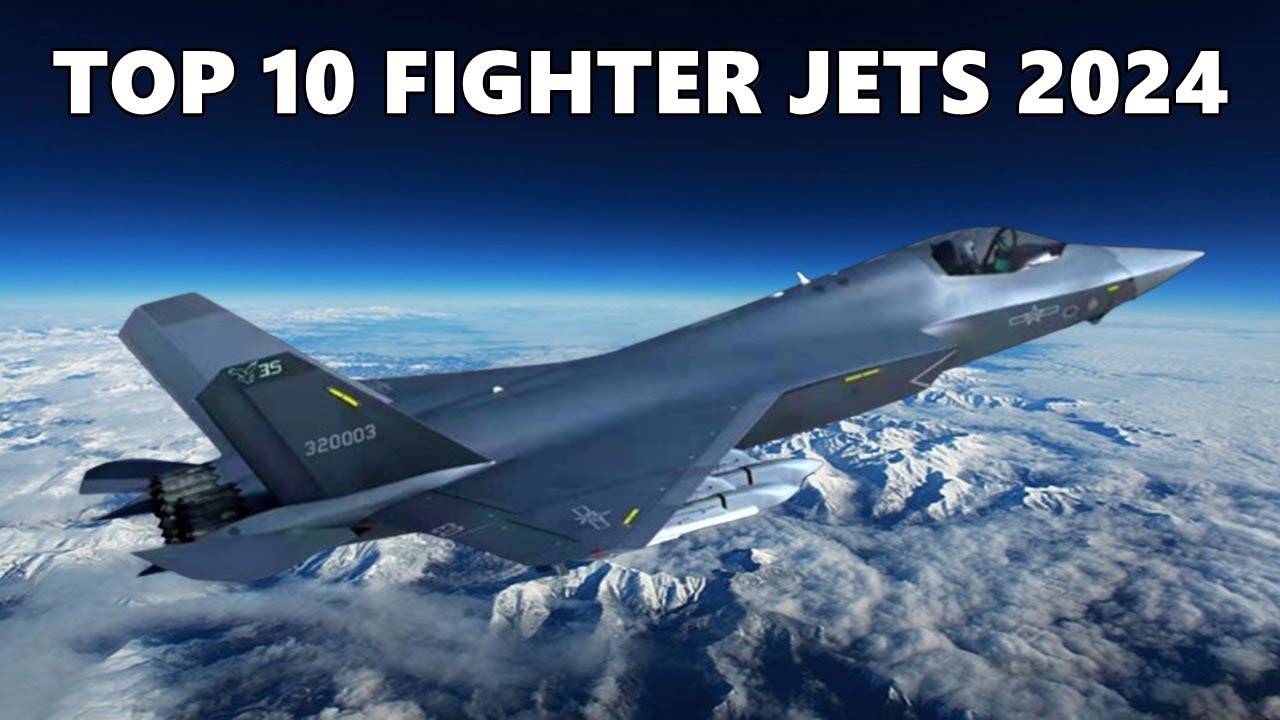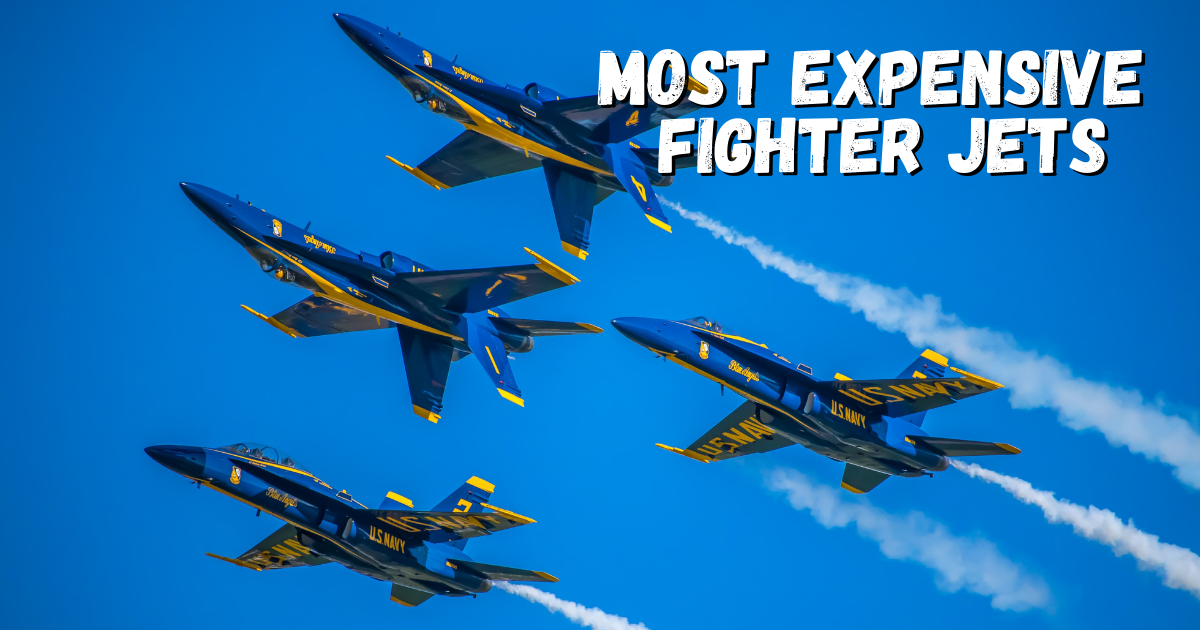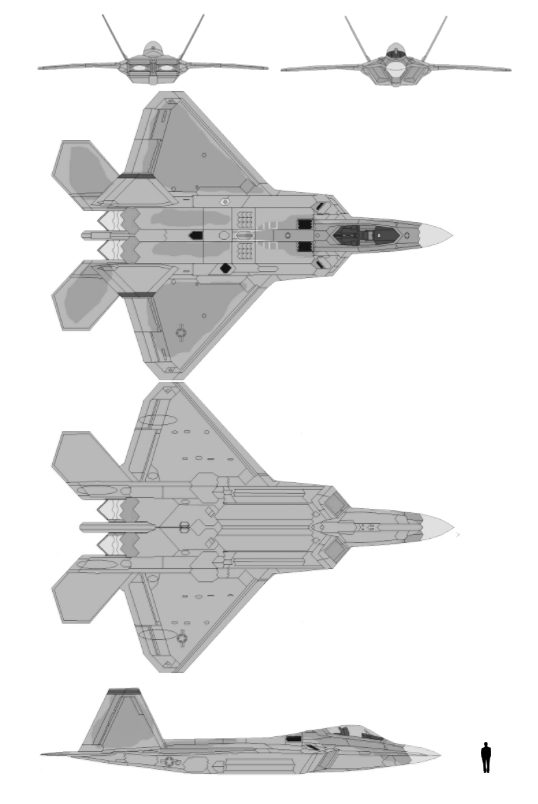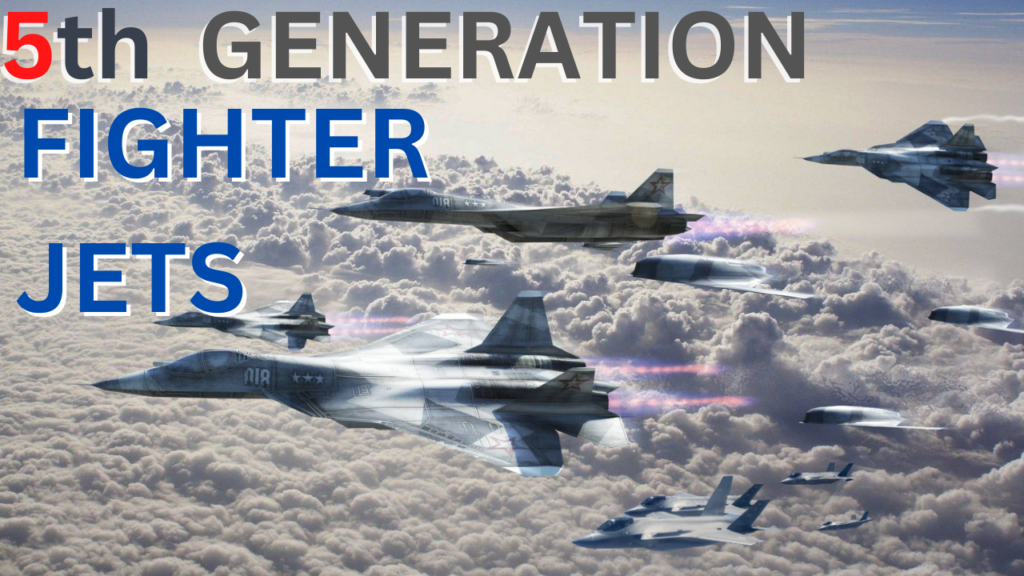
The idea of aircraft generations, which only refers to jet fighter aircraft as opposed to propeller-driven fighter aircraft, first surfaced in the 1990s in an effort to explain the dramatically improved performance of jet fighter aircraft brought on by significant advancements in aircraft design, avionics, and weapon systems.
Jet Fighters Generations Development
First-generation jet fighters (1940 – 1950)
First-generation jet fighters like the F-86, MiG-15, and MiG-17 featured primitive avionic systems without radars or self-defense countermeasures and were armed with cannons, unguided bombs, machine guns, and rockets. This generation of fighters lacked afterburners and flew subsonically.
Second-generation jet fighters (the 1950s – 1960)
Second-generation fighters introduced air-to-air radar, infrared and semi-active guided missiles, and radar warning receivers. Advances in engine design and aerodynamics allowed this generation’s fighters to approach supersonic speeds in level flight. Air-to-air combat was still within visible range, but radar-guided missiles extended engagement ranges.
Third-generation jet fighters (1960 – 1970)
This generation saw improved maneuverability, avionics, and weaponry. They also had the first MiG-23, F-4, and Mirage III multi-role jets. Doppler radar assisted ‘lookdown/shoot-down,’ and off-bore-sight targeting and semi-active guided radio frequency missiles advanced aerial confrontations beyond the visible range. This generation’s aircraft eliminated the need to acquire enemies to neutralize them and achieve air control visually.
Fourth-generation jet fighters (1970 – the 1980s)
In the 1970s and 1980s, improvements in avionics, such as head-up displays and aerodynamic design, led to the development of fly-by-wire fighters such as the MiG-29, Su-27, F/A-18, F-15, F-16, and Mirage-2000. Most of this generation’s fighters could transition between air-to-air and air-to-ground, unlike prior aircraft. This muddled air and strike mission control.
Fifth-generation jet fighters (2005 – present)
Since this article is about 5th-generation jets lets us understand what they are.
So what is the 5th generation of jet fighters?
The Fifth Generation Fighter is the current standard naming convention for ‘next-generation’ fighter aircraft. While there are no truly defined, widely-accepted features of this generation, the aircraft considered for the title often utilize proven features of 4th Generation Fighter designs and introduce all-new levels of performance, stealth profiles, and advanced avionics with integrated all-digital flight systems. The first 5th Generation fighter to reach service was the American Lockheed F-22 Raptor. There are currently several high-profile developments being undertaken in Russia, China, Turkey, South Korea, Japan, and Europe.
With the Lockheed Martin F-22 Raptor, the United States became the first country on earth to field an operational fifth-generation fighter in 2005. When you look at the F-22 compared to its 4th-generation predecessors, the aircraft clearly stands out, but what exactly made it the first of a new generation rather than a more advanced approach to the existing generation of fighters?
The F-22 Raptor stood out from its 4th generation rivals most significantly by incorporating stealth into every aspect of its construction. The F-22’s development targeted stealth from the start, as opposed to first building a fighter for aerodynamics and performance and then looking for ways to lower its radar signature.
So, what, exactly, sets fifth-generation fighters apart from other older generations? A stealthy flying router? Or a multi-role vessel capable of ultra-fast travel?
Generational designations typically emerge from within the aviation community itself. Each generation comes with a somewhat subjective list of qualities that may have existed in some particular aircraft before but becomes necessary across the board for fighters of the next generation.
Since defining “generations” of fighter aircraft is somewhat arbitrary, the Air Force has provided the following breakdown of the technological advancements that led to each new generational label.
- 1st Generation: This generation of fighter jets made use of innovations created during World War II, particularly the jet engine and the sweeping wing.
- 2nd Generation: Range-finding radar, swept wings, and infrared-guided missiles. It included improvements to their first-generation counterparts in terms of speed, armament, and sensors.
- 3rd Generation: Third-generation fighters included more sophisticated radars that could monitor targets at greater distances and semi-active radar-guided missiles that allowed engagements beyond visual range.
- 4th Generation and beyond: High levels of maneuverability, pulse-doppler radar, some degree of sensor fusion, reduced radar signature, look-down/shoot-down missiles, fly-by-wire, and more.
The main feature that set the first 5th-generation fighter apart from other generations was the way stealth was integrated into the design of the aircraft. Additionally, the vehicle had the ability to “hyper cruise,” or maintain supersonic speeds without using its afterburner.
As a result, for a while, super-cruise capabilities were thought to be a component of what makes a fighter of the fifth generation. That is until no other fifth-generation fighter with that capacity entered the air.
Lt. Gen. Jeffrey Harrigian, a former head of the Air Force F-35A Lightning II Integration Office, provides the best definition of “fifth-gen,” in my opinion. He stated, “There are several characteristics of fifth-generation aircraft that separate them from older aircraft,” in an article. Features like radar, infrared sensors, and visual situational awareness tools, as well as self-protection and radar jamming, all work together to make it difficult, if not impossible, for adversary systems to detect, track, and engage the aircraft.
Additionally, the integrated avionics of these aircraft autonomously fuse and prioritize data from the aircraft’s multi-spectral sensors and offboards it, giving the pilot a clear picture of operations in real time and allowing for the download of data for post-mission analysis.
Now, we’ll be looking at the best 15 fighter jets of the fifth generation in the list below. Jet will keep getting better and better as we do down the list.
Top 15 5th Generation Jets
Boeing–Saab T-7 Red Hawk

The Boeing-Saab T-7 Red Hawk is an American/Swedish supersonic advanced jet trainer built by Boeing in collaboration with Saab. It was originally known as the Boeing T-X (later Boeing-Saab T-X). The United States Air Force (USAF) declared it the winner of the T-X program on September 27, 2018, and it will take the position of the Northrop T-38 Talon as the service’s advanced jet trainer.
| Role | Advanced trainer |
| National origin | United States/Sweden |
| Primary user | United States Air Force |
| Produced | 2021–present |
| Number built | 2 prototypes |
Northrop YF-23
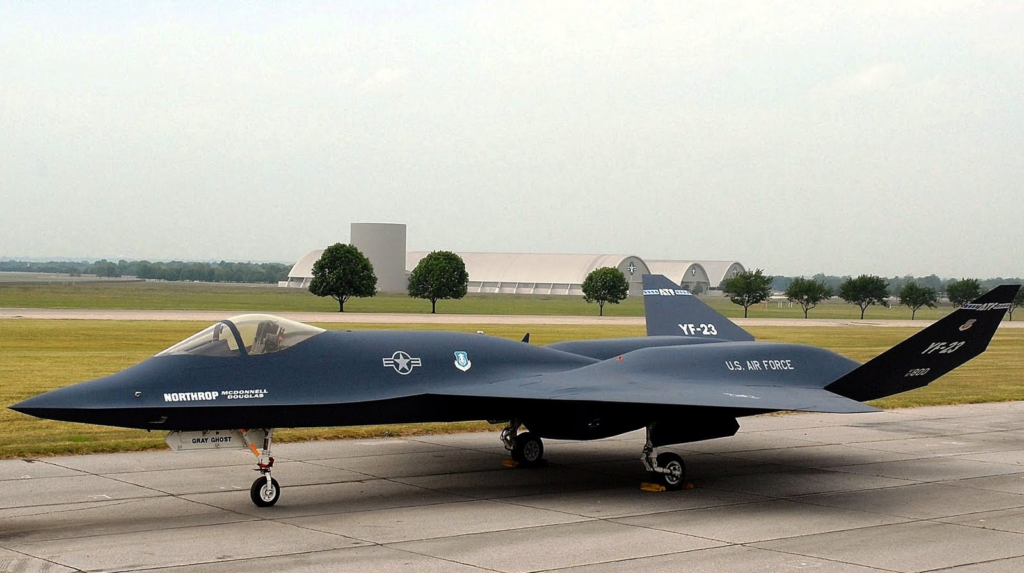
The single-seat, twin-engine Northrop/McDonnell Douglas YF-23 stealth fighter technology demonstrator was created for the US Air Force (USAF). The design competed against the Lockheed YF-22 for a manufacturing contract in the USAF’s Advanced Tactical Fighter (ATF) competition. The YF-23 prototypes known as “Black Widow II” and “Gray Ghost” were constructed.
The USAF started seeking a replacement for its fighter jets in the 1980s, particularly to compete with the USSR’s sophisticated Sukhoi Su-27 and Mikoyan MiG-29 aircraft. The USAF chose design ideas from Northrop and Lockheed out of those provided by a number of corporations. While Lockheed, Boeing, and General Dynamics created the YF-22, Northrop collaborated with McDonnell Douglas to create the YF-23.
| Role | Stealth fighter technology demonstrator |
| National origin | United States |
| Primary user | United States Air Force |
| Produced | 1989–1990 |
| Number built | 2 |
Mikoyan MiG-LMFS
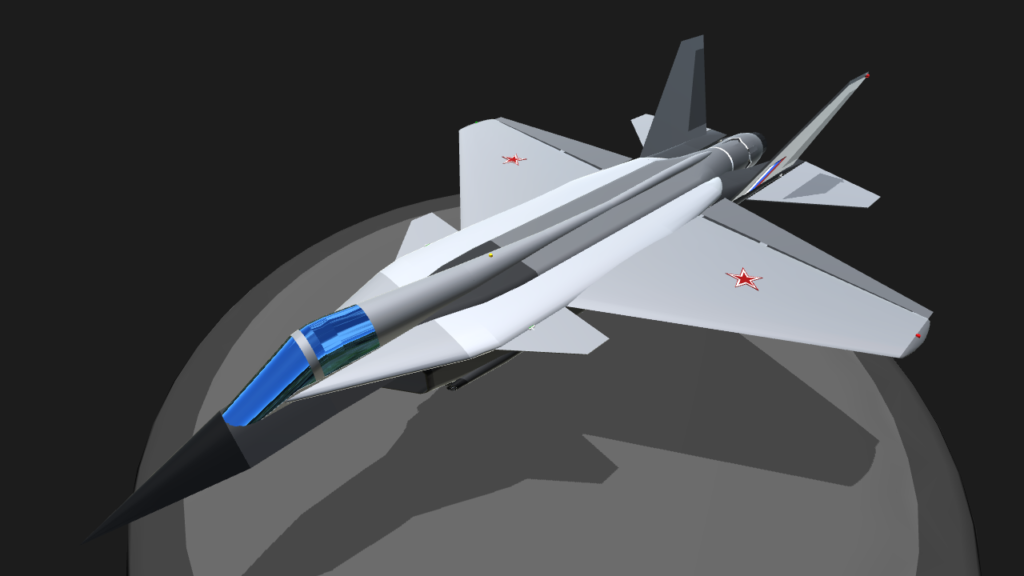
The MiG-XX, also known as the Mikoyan LMFS (Light Multi-Function Frontline Aircraft), was a light Russian single-seat all-weather stealth multi-role combat aircraft. The company’s PAK FA design, which was turned down in favor of Sukhoi’s, and the lessons discovered from the scrapped Mikoyan MiG-1.42/1.44 are both used to create the final product.
It was intended to take the place of the Mikoyan MiG-29 and MiG-35 and serve as a more cost-effective upgrade to the PAK FA, which later evolved into the Sukhoi Su-57. When Sukhoi debuted its own LTS medium-weight single-engine stealth fifth-generation fighter in 2021, the project had stopped being worked on.
| Role | Stealth light multi-role fighter |
| National origin | Russia |
| Status | Canceled |
| Primary user | Russian Air Force |
| Developed from | Mikoyan Project 1.44 |
Shenyang’s FC-31 Gyrfalcon
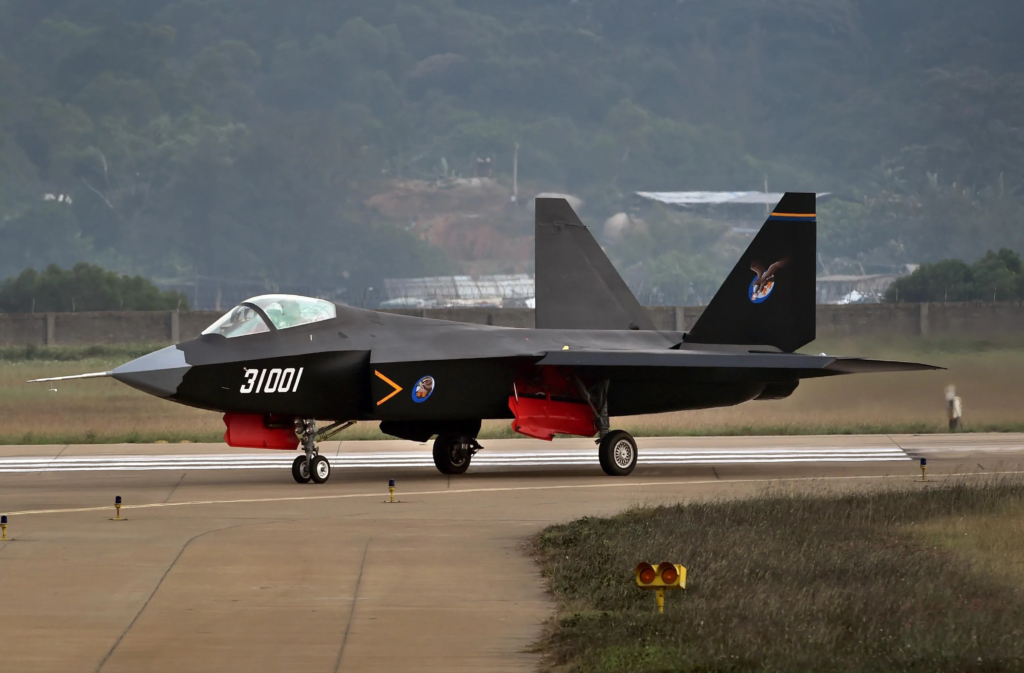
Shenyang Aircraft Corporation, a subsidiary of the Aviation Industry Corporation of China, is producing the fifth-generation, multi-role, twin-engine Shenyang J-31 (F-60) for the People’s Liberation Army Air Force (PLAAF) (AVIC). After the J-20, it is the second stealth fighter that China has independently produced.
The J-31 fighter jet is designed to offer cutting-edge defense capabilities in air interdiction, aerial bombardment, and close-air support missions. It is also capable of suppressing enemy air defenses and serving as an aircraft carrier-based fighter.
| Role | Stealth multirole fighter |
| National origin | China |
| Status | Prototype |
| Primary user | People’s Liberation Army |
| Developed into | Shenyang J-35 |
HAL Sukhoi PMF/FGFA
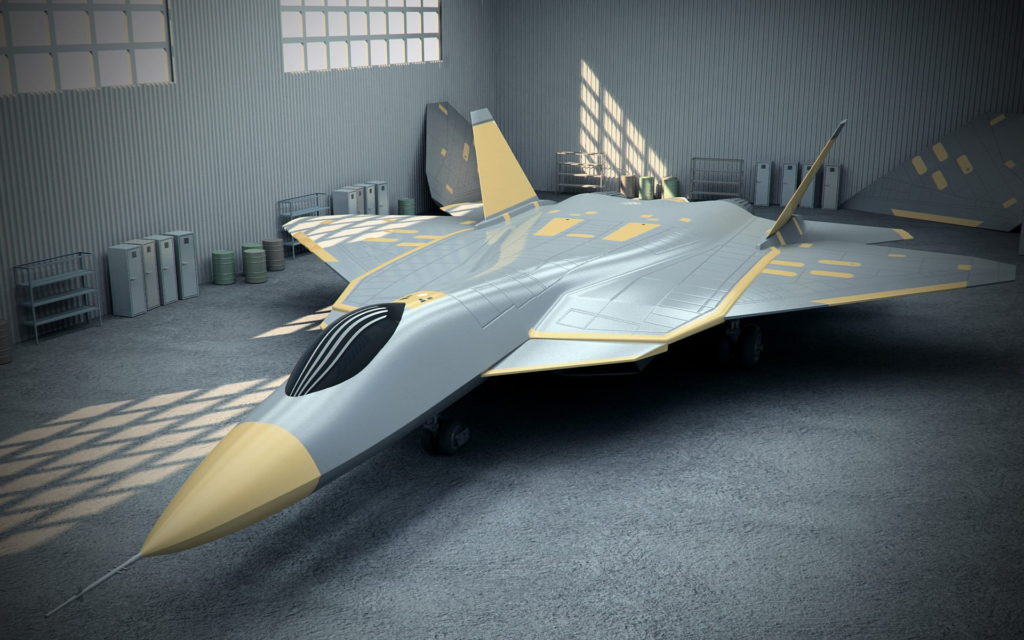
The Sukhoi/HAL Fifth Generation Fighter Aircraft (FGFA) was a fifth-generation fighter concept being developed jointly by Sukhoi and HAL for the Indian Air Force. It was based on the Russian Sukhoi Su-57. Earlier known as FGFA, the united project was then known as Perspective Multi-Role Fighter (PMF).
The finished FGFA was supposed to have 43 upgrades over the Su-57, such as cutting-edge sensors, networking, and combat avionics. The Indian version would include a pilot and co-pilot or a weapon systems operator, and it would have two seats (WSO).
India reportedly left the FGFA program in 2018, although there was also a hint that the project would be picked back up later after the Su-57 becomes fully operational in the Russian Air Force. Yuri Slyusar, General Director of United Aircraft Corporation, asserted that India and Russia are still collaborating on the FGFA development and that it has not been canceled.
| Role | Stealth Multirole/air superiority fighter |
| National origin | Russia / India |
| Status | Canceled |
| Primary user | Indian Air Force |
| Developed from | Sukhoi Su-57 |
TAI TF-X

Turkish Aerospace Industries produced the stealth, multipurpose TAI TF (Turkish Fighter)-X fighter. The jet is anticipated to take off in 2025 and enter service in 2028. It is a single-seat jet that is 21 m (69 ft) long, 14 m (45.9 ft) wide, and 6 m (19 ft) tall. According to reports, the maximum take-off weight is 27,215kg (60k lb). According to reports, the top speed is Mach1.8 (2,222 kph). Air-to-air and air-to-ground missiles power it. Twin GE F110 engines with a combined thrust of 120kN are being used for the test flights (afterburn).
| Role | Stealth multi-role/air superiority fighter |
| National origin | Turkey |
| Introduction | 2030-2033 |
| Status | Under development |
| Primary user | Turkish Air Force |
HAL AMCA

An Indian company called HAL (Hindustan Aeronautics Limited) is working on developing a stealth, multipurpose fifth-generation jet. Under the direction of the Defense Research and Development Organization, Aeronautical Development Agency will design the jet (DRDO).
Even while some reports place the schedule at 2030, the first flight is anticipated to take off in 2024, and the jet is anticipated to enter service in 2026 or 2027. According to Jane’s All the World’s Aircraft report, it is a single-seat jet with a projected length of 18 m (59 ft) and a height of 4.8 m (15.7 ft).
| Role | Stealth multirole fighter |
| National origin | India |
| First flight | 2025 (Expected) |
| Introduction | 2032 |
| Status | Prototype fabrication |
| Primary users | Indian Air Force, Indian Navy |
Mitsubishi X-2 (Shinshin)
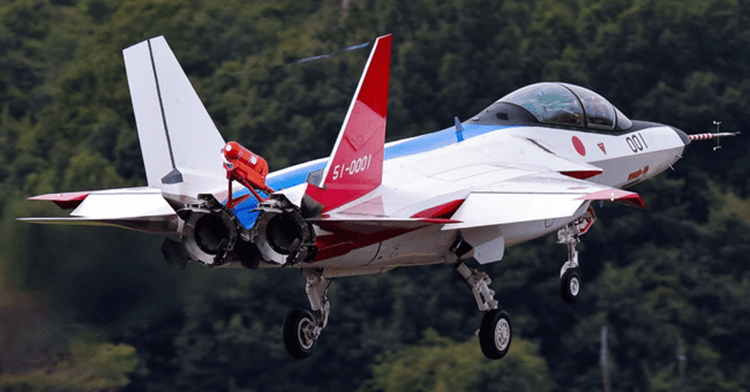
Mitsubishi X-2, a Japanese stealth technology experiment. It is being developed by the Technical Research and Development Institute (TRDI) of the Japanese Ministry of Defense. The aircraft’s debut flight took place in 2016. Its technological advancements have led to the construction of a sixth-generation fighter jet. It has a wingspan of 9.099 m (19.5 ft), a height of 4.514 m (14.76), and a length of 14.174 m (45.9 ft). It is a single-seat jet. Twin IHI XF5-1 engines with a combined thrust of 49.03 kN power. There is a 761 km (444.9) combat radius.
| Role | Stealth experimental technology demonstrator |
| National origin | Japan |
| Primary user | Japan Air Self-Defense Force |
| Produced | 2009-2016 |
| Number built | 1 prototype |
KAI KF-X – South Korea
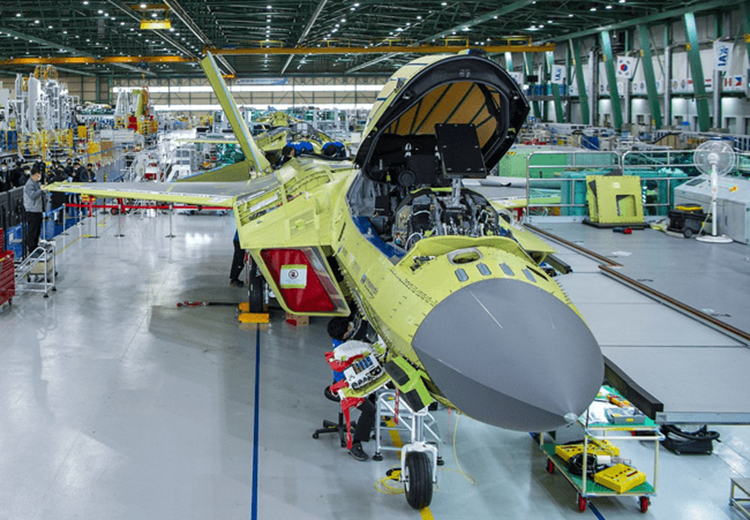
The Unmanned Aerial Vehicle, often known as the Fifth Generation Fighter, is well-known in the aviation defense sector. This cutting-edge multi-role fighter, introduced by the KF-X, was primarily created for the Indonesian Air Force (TNI-AU) and the Republic of Korea Air Force (ROKAF). In order to dominate the battlefield, the characteristics include strong tracking and engagement capabilities, cutting-edge avionics, top-of-the-line engine upgrades, nimble performance, composite structures, and inherent stealth features.
| Role | Air superiority fighter, Multirole combat aircraft, air superiority fighter |
| National origin | South Korea / Indonesia |
| Design Group | Agency for Defense Development |
| Introduction | 2026 (planned) |
| Primary users | Indonesian Air Force and the Republic of Korea Air Force |
Sukhoi PAK FA (T-50)
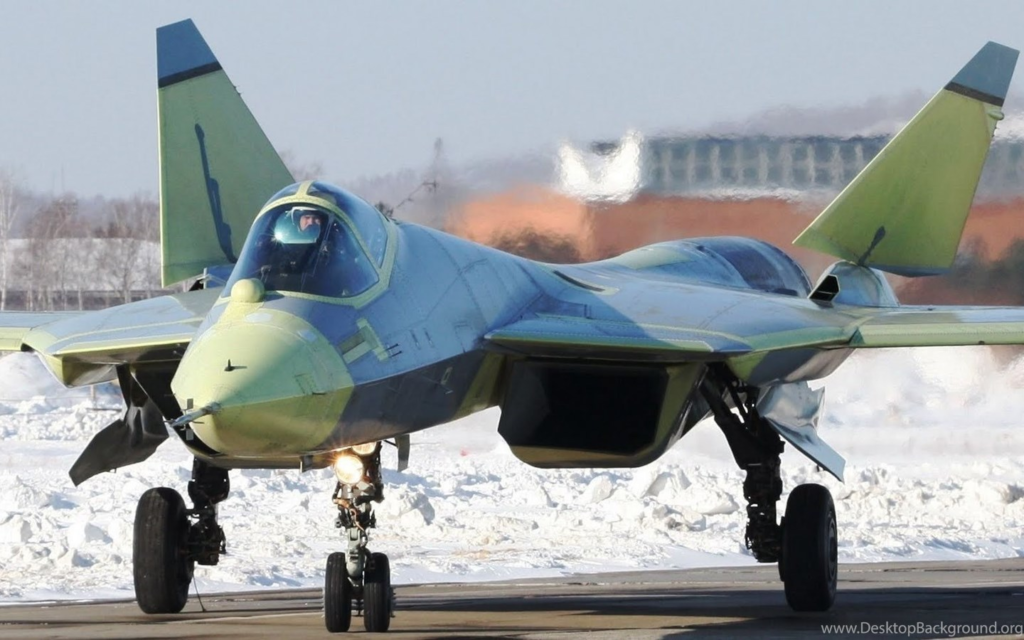
Sukhoi of Russia is creating the Sukhoi PAK FA, a multipurpose stealth fighter. It will be put to use to fulfill the needs of the Indian and Russian Air Forces. On January 29, 2010, the T-50, the first prototype plane, made its debut flight, which lasted 47 minutes. Since the fall of the Soviet Union, Sukhoi has produced only one fighter aircraft.
The MiG-29 Fulcrum and Su-30 MkI Flanker will be replaced by the PAK FA. It will face off against the F-22 Raptor and F-35 Lightning II aircraft from the US.
| Role | Stealth multirole fighter |
| National origin | Russia |
| Status | Prototype |
| Primary user | Russian and Indian Air Forces |
| Developed by | Sukhoi |
Sukhoi Su-75
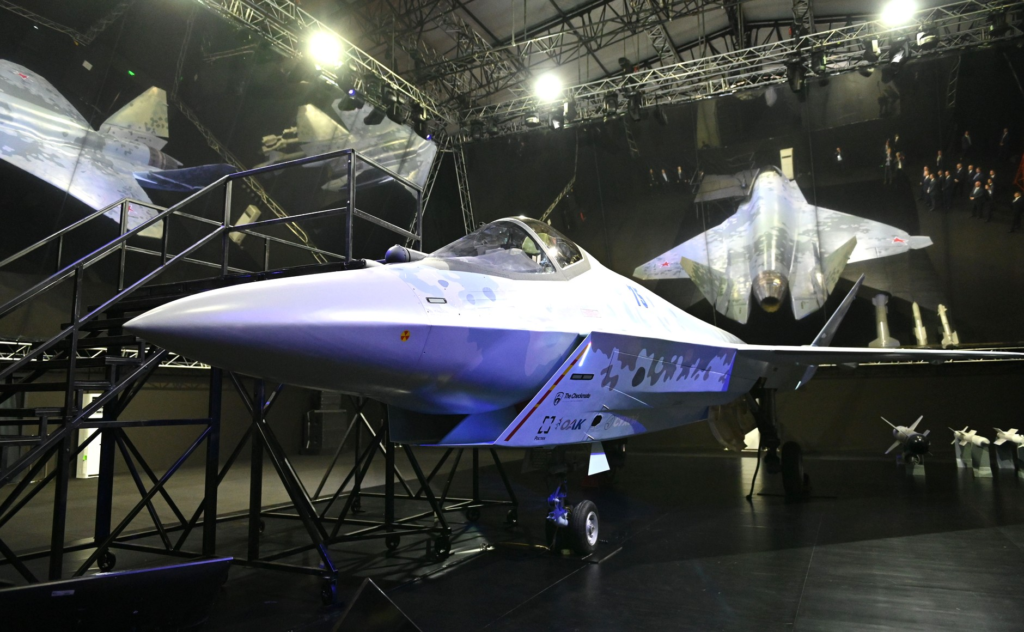
Russian Su-75 A light, stealthy, multi-role fighter jet currently in development is the Sukhoi Su-75 “Checkmate.” It is a single-engine, single-seat fighter aircraft. According to reports, the top speed is Mach 1.8. It is rumored to be propelled by NPO Saturn Izdeliye 30, which has a 107.9kN thrust. At the 2021 MAKS air show in Zhukovsky, a mock-up was presented. For 2023, the first flight is anticipated. The jet is anticipated to enter service in 2027.
| Role | Stealth light multi-role fighter |
| National origin | Russia |
| First flight | 2024 (planned) |
| Introduction | 2027 (planned) |
| Status | Under development |
Sukhoi Su-57

Sukhoi Su-57 Felon was the first stealth aircraft made in Russia. Its development was slowed down by a number of problems and delays. They are still being improved by Russia, but they are more advanced than earlier prototypes.
The Su-57 is anticipated to significantly outperform the Su-27 concept in the coming years after receiving a new engine and a number of other upgrades. It is a potent fighter with great low-speed mobility, stealth, and state-of-the-art electronics and sensors.
| Role | Multirole fighter |
| National origin | Russia |
| Primary user | Russian Aerospace Forces |
| Produced | 2009 – present |
| Number built | 16 |
Chengdu J-20

The Chengdu J-20 is a fifth-generation, single-seat, twin-engine stealth fighter jet built by Chengdu Aircraft Industry Group (CAIG) for the People’s Liberation Army Air Force (PLAAF).
For installing armaments, the aircraft has eight hardpoints and an internal weapons compartment that can hold a variety of beyond-visual-range air-to-air and short-range missiles, such as the long-range PL-12C/D and PL-21 air-to-air missiles. In addition, it has air-to-surface missiles, laser-guided bombs, and anti-radiation missiles.
The J-20 sports a canard delta design, low jet engine intakes, a blended fuselage, and innovative fly-by-wire (FBW) technology. The aircraft began its flight career in January 2011 and finally made its public debut in 2016. It was accepted into PLAAF service as an air-superior fighter in March 2017.
| Role | Stealth air superiority fighter |
| National origin | China |
| Primary user | People’s Liberation Army Air Force |
| Produced | 2009 – present |
| Number built | 150–208 |
F-22 Raptor

The F-22, the first fighter of the fifth generation, is still in operation today. The Raptor excels at both close-quarter dogfighting and beyond-visual-range (BVR) warfare and boasts one of the most stealthy designs ever produced.
Because it was deemed to be too advanced to be transferred to any other country, this fighter was only utilized by the US Air Force. The jet, however, proved helpful by being frequently dispatched abroad and used in a number of combat missions.
| Role | Air superiority fighter |
| National origin | United States |
| Primary user | United States Air Force |
| Produced | 1996–2011 |
| Number built | 195 |
F-35 Lightning II

The F-35, a brand-new multipurpose fighter, was created as part of the Joint Strike Fighter program to replace older planes. The F-35 will soon replace the AV-8B, A-10, F-16, and F/A-18.
The Lockheed Martin F-22 and the Lockheed Martin F-35 have similar designs; however, the F-35 is smaller and has only one engine. It uses stealth technology, which lowers the vehicle’s radar cross-section. This multi-role fighter is equipped for air defense, CAS, and tactical bombing. It functions with the newest A/G missiles.
The major models of this aircraft are the F-35A, F-35B, and F-35C. The development, production, and maintenance costs can be reduced by using these changes. The most powerful fighting engine ever produced is included in this aircraft.
Israeli F-35s bombed targets in Syria. These cunning fighters attacked near Russian assets in Syria. Russia’s S-300 and S-400 air defense systems were unable to take down Israel’s F-35 aircraft.
| Role | Multirole fighter |
| National origin | United States |
| Primary users | USAF, United States Marine Corps, United States Navy |
| Produced | 2006 – present |
| Number built | 875+ |

